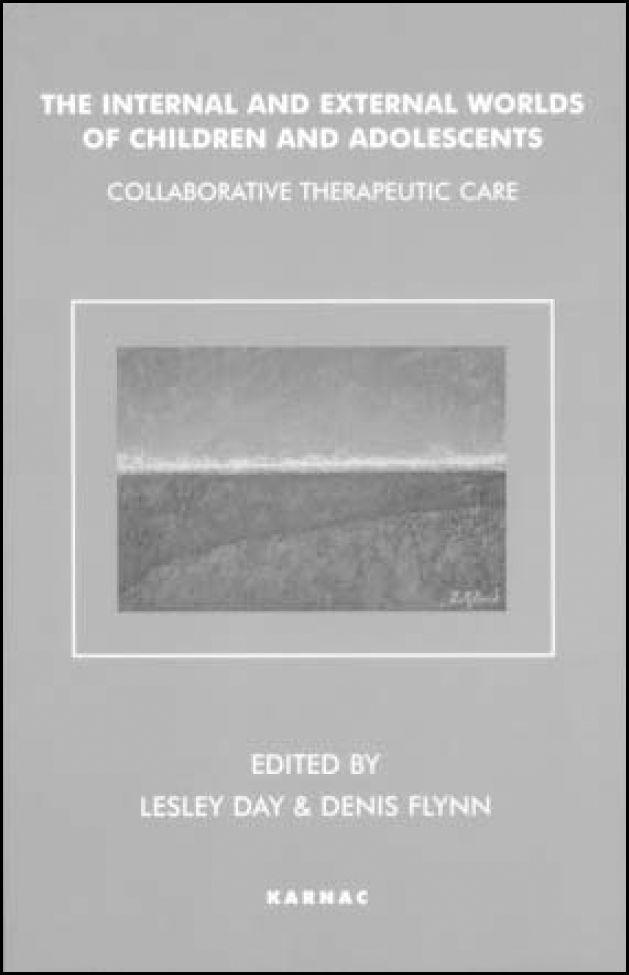
This is the third volume in the Cassel Hospital Monograph Series. The Cassel Hospital is a therapeutic community in south-west London renowned for its treatment of severe personality disorder. It comprises three linked units: an adult unit, an adolescent unit and a families unit, which assesses and treats families in which there has usually been severe, sometimes fatal, child abuse. It is the work of the two latter units that is the focus of this thought-provoking book, which is written by past and present members of the multidisciplinary team working in these units and edited by Lesley Day and Denis Flynn, clinical heads of the service.
In her introductory chapter, Day asserts that the Cassel may be ‘a psychotherapeutic place of “last resort” for referrers and patients’. She summarises the treatment approach as follows: In the chapters that follow, with their accounts of the families unit, the on-site school and the severely disturbed population of the adolescent unit, the reader gains a fascinating insight into the nature of the cases referred to this service, their assessment and the treatment provided. Included throughout are descriptions of the structure, setting and the theoretical principles underlying the work. However, in my view, the value of this book lies in the detailed, anonymised case material.
‘collaborative working relationships between the psychosocial nurse, the psychoanalytic psychotherapist, and the teacher in the therapeutic community milieu of the hospital are important. They allow clinicians to be mindful of the relationship between the external social and emotional functioning of the patient and his or her psychic world.’
Two of the cases described involve families in which the mother has a diagnosis of Munchhausen syndrome by proxy - a condition, the authors point out, previously deemed untreatable. Deirdre Dowling, senior child psychotherapist, presents the usually neglected child's view of this disturbing syndrome, through an account of her individual work with a 6-year-old girl poisoned by her mother. She shows how this child's phrase of ‘poison glue’ accurately described the dangerous attachment existing between child and mother.
One criticism is the lack of detail about the post-discharge outcomes in the case material. Perhaps this type of data will be forthcoming in the multicentre outcome research project in which the Cassel is participating, mentioned in the introductory chapter.
Emphasised throughout the book is the absolute necessity of sophisticated, multidisciplinary supervisory structures for staff, to prevent re-enactment of splitting and destructiveness, major risks when working with families and individuals with such severe psychopathologic disturbances. Food for thought, in this era of Green Papers and child protection inquiries.



eLetters
No eLetters have been published for this article.